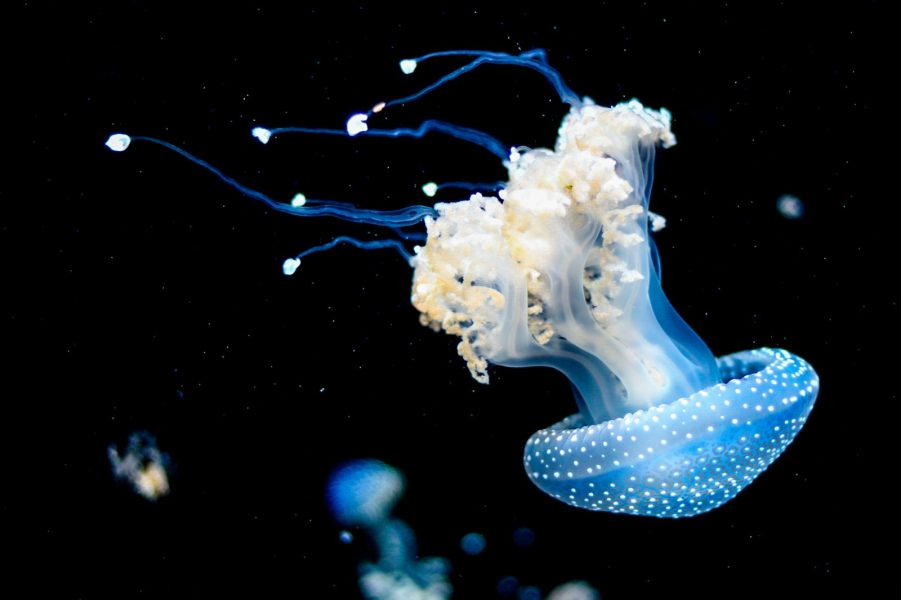Have you ever gazed into a shimmering star and felt a sting of curiosity? The vast emptiness of space provides a collective source of fascination. Thanks to the tireless work of Sir David Attenborough, our focus has slowly shifted from the sky to an immense local mystery, the undiscovered depths of the ocean.
A decade ago, the World Register of Maine Species was established to catalog the creatures inhabiting the salty deep. Every year, nearly two thousand new species are added to the collection. Despite promising progress, it is estimated that nearly two-thirds of marine species are yet to be discovered.
With twenty percent of identified sea life at risk of extinction, there is a pressing concern that many undetected creatures may be disappearing before we have an opportunity to study them. Conscious of this urgency, the United Nations have implemented several strategies to ensure that at least ten percent of the ocean is under international protection by the close of this decade.
A million dollar bonus
Another exciting initiative is the Ocean Discovery competition.
Established in the United States and supported primarily by petroleum giant Shell and the National Oceanic and Atmospheric Administration, twenty finalist teams are competing over the next twelve months to develop autonomous robots. This collection of curious machines will be hoping to provide detailed mapping of the seafloor. In addition, if any of these artificial minds can detect chemical or biological signals at depths approaching four thousand meters, their creators will receive a cheeky million dollar bonus. The victorious team will be rewarded with a serious cash injection to advance their exploration efforts.
Modern deep-sea research continues to produce remarkable results. Over the last few years, baited traps have been lowered into deepest corners of the ocean in the hope of studying elusive marine species. From this hostile environment, samples of a rather uninspiring, squishy pink fish emerged from the cloudy depths.
A few months later an astounded Japanese marine research team observed the same ugly critter swimming happily past their remote camera at a mind-bending depth of 8,178m.
The deceptive Mariana Snailfish is officially the deepest fish observed in the ocean, coping with the extreme pressures of their unique surroundings. The habitat for this translucent record holder, the Mariana Trench, has provided a consistent source of scientific curiosity.
In 1875 an expedition lowered an ambitious length of weighted rope to measure what we now understand to be the deepest hole in the ocean, roughly eleven thousand meters below the surface.
Including the daunting Mariana, there are six locations around the world where the murky depths exceed ten thousand meters. These imposing destinations remain the least explored habits in our ocean. Scientists theorize that the majority of undiscovered sea creatures are hiding in the isolated, frigid depths. Nearly three-quarters of our planet is blanketed by ocean.
With tenacious exploration and conservation efforts creating serious momentum, let us hope that this astonishing natural environment may begin to illuminate a few more secrets from beneath the crashing waves.
Header image credits: Tavis Beck





















